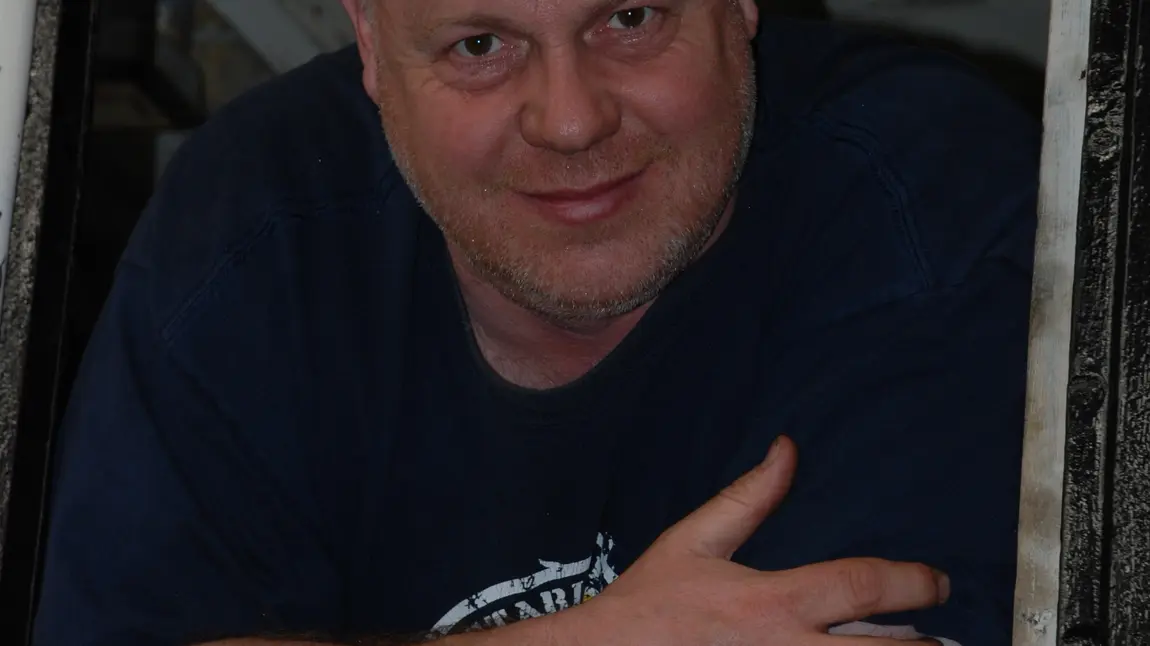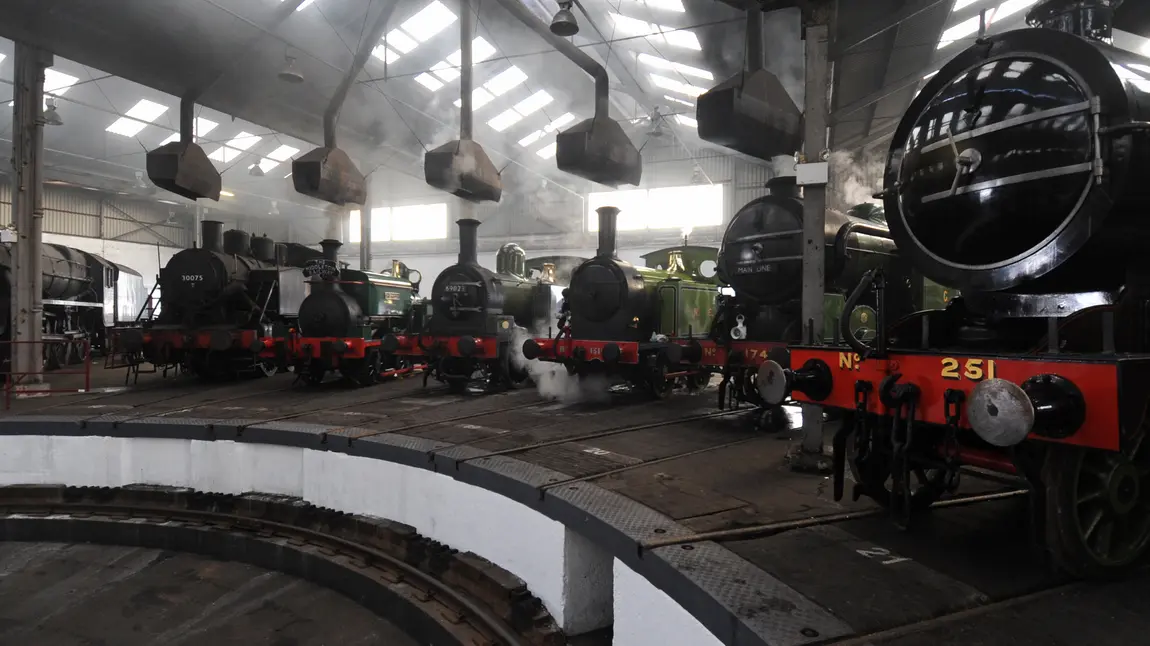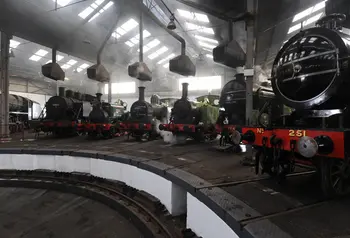Five ways to save your heritage

1. Really love the heritage
Barrow Hill Roundhouse Railway Centre is Britain’s last surviving operational railway roundhouse with a very active commercial railway depot running alongside it.
It was completed in November 1870, the entire project costing about £2million in today’s money. The Roundhouse was built to house the locomotives that worked in the local iron and steelworks and grew to be a major contributor to the local economy. It was only in the late 1960s, when rail traffic started to decline, that the Roundhouse began to lessen in importance. It was finally closed by British Rail in February 1991.
But in 1977 it was the place where on many a Sunday morning or summer’s evening I would be ‘bunking’ the shed whilst trying to avoid the foreman! I had no idea that 12 years later I would be trying to save the Roundhouse from demolition and ultimately, with the invaluable help of many dedicated individuals, re-open it as a railway depot and museum.
2. Get together with other likeminded people
As a child I used to cycle regularly to visit the Roundhouse on trainspotting expeditions. In 1989, by then in my early twenties, I read an article in Steam Railway magazine which predicted its closure and probable demolition. I decided I couldn’t allow this to happen and so formed the Barrow Hill Engine Shed Action Group, later to become known as Barrow Hill Engine Shed Society. Little did I know exactly what I was letting myself in for.
I was joined by several other likeminded people and our first aim was to prevent the demolition of the building. After successfully lobbying Chesterfield Borough Council, a preservation order was placed on the building 48 hours before demolition was due to commence. The building was later granted Grade II listed status.
3. Raise the profile
Our next aim was to raise the profile of the project locally and nationally, as well as to raise the capital to re-open the building as a railway centre. This took over six years, during which time the building was heavily vandalised and nature slowly took a hold until most of the site was covered with young silver birch trees and weeds.
With financial help from various bodies, work started to re-roof, re-glaze and re-wire the building as well as replace the track and clear the weeds and rubbish. All this was done by a committed band of volunteers as well as contractors.
[quote]“We host the extremely successful Rail Ale Festival every year and two years ago we held our first music concert with Jools Holland and his Rhythm and Blues Orchestra.”[/quote]
By the beginning of 1998 most of the initial work had been completed and we were able to advertise that the Roundhouse was open for business and that we were seeking locomotive owners to base their collections at Barrow Hill. In July 1998, we held an open day, hiring four working steam locomotives and for the first time in over 35 years the Roundhouse reverberated to the sound of steam again.
Each year we hold several large events. We host the extremely successful Rail Ale Festival every year and two years ago we held our first music concert with Jools Holland and his Rhythm and Blues Orchestra.
The railway galas always feature visiting locomotives as well as trade stands, train rides and a free bus service from Chesterfield Railway Station. The atmosphere in the Roundhouse is fantastic, particularly when it’s full of steam.
4. Get outside help
In the 1990s we gathered a lot of funding from Chesterfield Borough Council plus contributions from the European Regional Development Fund, Single Regeneration Budget, the Transport Trust, North Derbyshire TEC and Derbyshire County Council. The building and land was purchased from British Rail on 20 December 1996.
Eighteen years on, we have enhanced the facilities considerably. There is now a platform and running line and many extra sidings. The signal box has been lovingly restored by Eddie, our in-house joiner, and the Springwell Branch extension has been re-laid. The site is now home to over 60 steam, diesel and electric locomotives as well as numerous wagons and coaches.
5. Reach out again
The latest development in the story is the fantastic news that we have been awarded £1,170,600 of National Lottery money.
Initially we were happy to cater largely for rail enthusiasts, but about five years ago we realised that if we wanted to grow our audience we would need to attract non-rail enthusiasts, and we also realised that there were many local people that were unaware of the fascinating story on their doorsteps.
How could we get them to Barrow Hill so that we could tell them the story and what would be the best way of telling it?
We took advice from museum professionals and this led ultimately to deciding to make a bid to HLF for the funds necessary to provide the sort of facilities the new audience would require, and to provide the necessary interpretation. Over the next three years, we will use the money to create a new entrance, shop and café alongside a dedicated learning and meeting space and a conservation workshop. We will also organise learning, training and skills activities for families and school children.
We also wanted to carry out essential repairs to the building, while maintaining the unique atmosphere of a working depot. All this required a lot of work from a superb team of consultants, our own volunteers and local organisations.
I remember Barrow Hill as a working diesel depot and my vision back in 1989 was for a museum (with steam, diesel and electric locomotives) with a commercial business to support it. And that vision has become a very successful reality.
Efallai y bydd gennych chi ddiddordeb hefyd mewn ...

